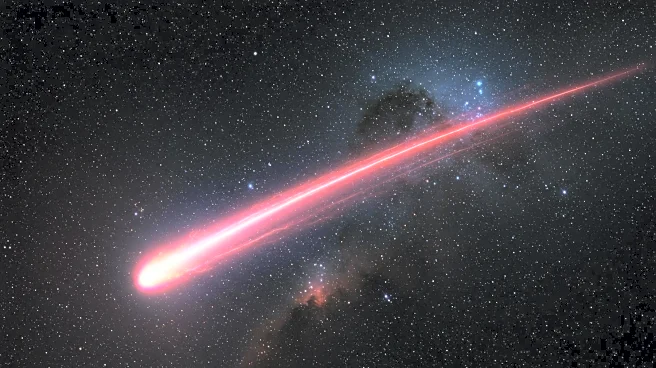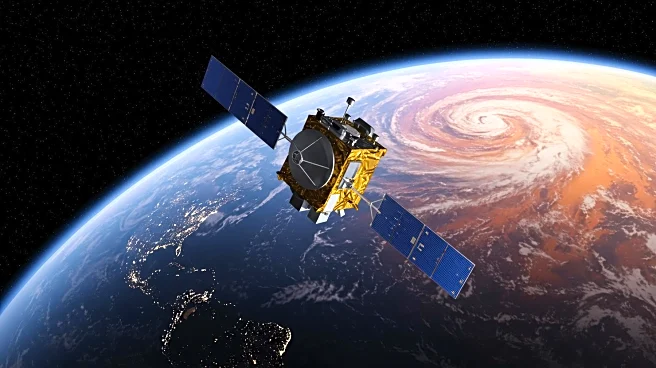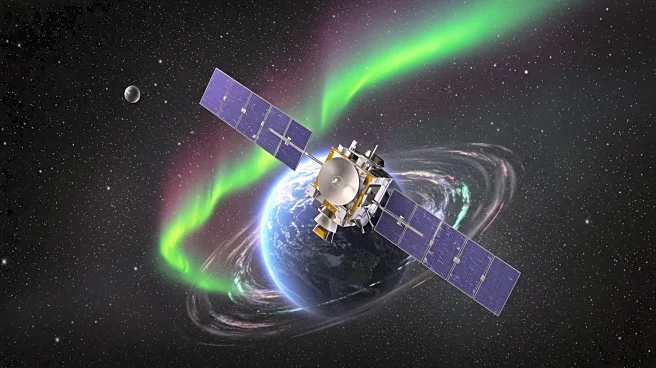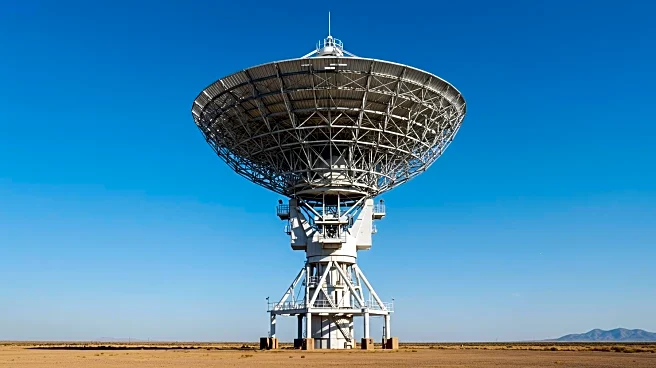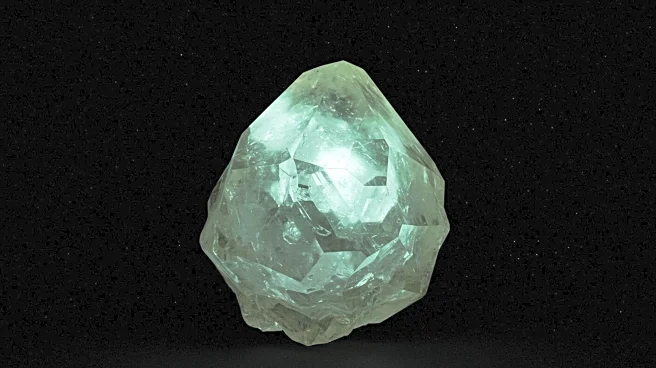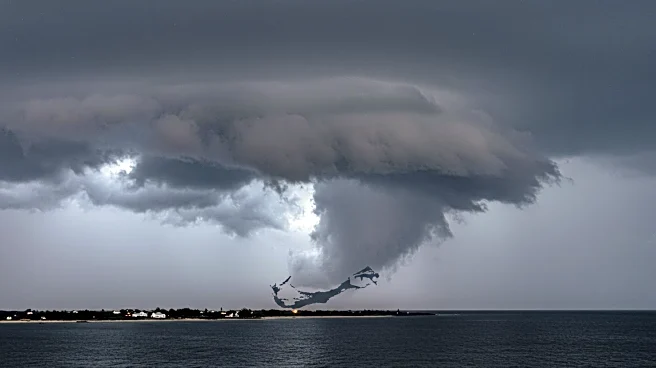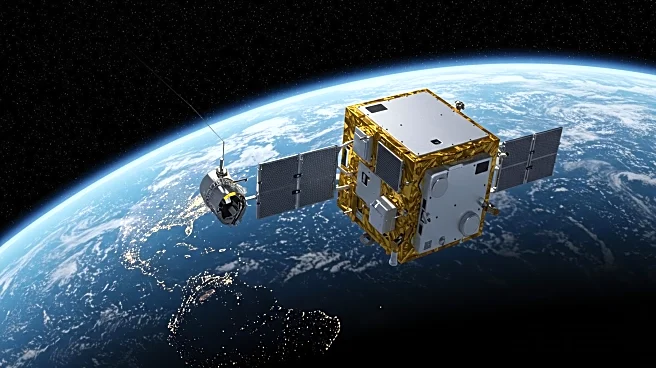What's Happening?
A recent study published in PLOS One has reignited the debate over the cause of the Younger Dryas cool period, which occurred approximately 12,800 years ago. Researchers analyzed sediment cores from Baffin Bay near Greenland, finding evidence of a cosmic impact event that coincides with the onset of the Younger Dryas. The study supports the controversial Younger Dryas Impact Hypothesis, suggesting that a comet or its remnants exploded in Earth's atmosphere, leading to wildfires and a subsequent cold snap. This hypothesis contrasts with the Meltwater Pulse Hypothesis, which attributes the cooling to freshwater interference with ocean currents.
Why It's Important?
The findings have significant implications for understanding the abrupt climate changes during the Younger Dryas period. If the comet impact hypothesis is validated, it could reshape theories about Earth's climatic history and the factors influencing global temperature shifts. The study also highlights the complexity of Earth's climate system and the potential for extraterrestrial events to impact it. This research may influence future studies on climate change, offering insights into the mechanisms behind sudden environmental transformations.
What's Next?
Further research is needed to confirm the comet impact hypothesis and explore its implications for Earth's climate history. Scientists may conduct additional analyses of sediment cores and other geological evidence to strengthen the case for this theory. The study's findings could prompt a reevaluation of existing climate models and encourage interdisciplinary collaboration to uncover the full extent of the Younger Dryas period's causes and effects.


